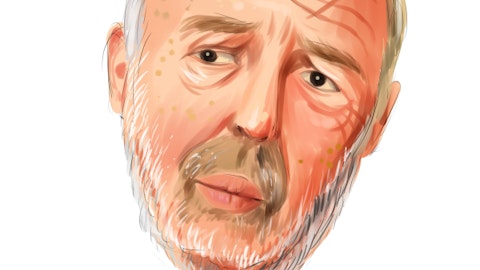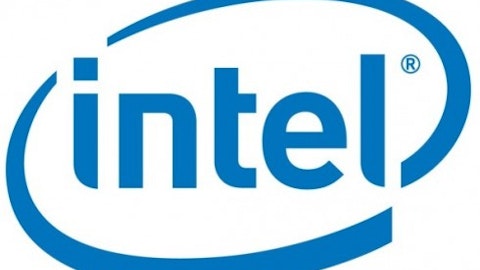We wrote a detailed analysis reviewing how Dividend Safety Scores are calculated, what their track record has been, and how to use them for your portfolio here.
StoneMor’s Dividend Safety Score prior to management announcing the distribution cut was 34, suggesting that the company’s distribution was at heightened risk of being cut sometime in the future.
As an MLP, StoneMor distributes almost all of its cash flow as a dividend. However, StoneMor’s business model fails to generate enough GAAP (generally accepted accounting principles) earnings or free cash flow to cover its cash distribution.
Over the last 12 months, StoneMor’s GAAP diluted earnings per share and free cash flow payout ratios are -322% and -1,143%, respectively. As seen below, StoneMor has struggled to generate positive free cash flow per share in recent years.

Source: Simply Safe Dividends
Since StoneMor doesn’t make nearly enough money to cover its full distribution and invest for growth, it has depended heavily on issuing more units and taking on additional debt.
As seen below, the company’s long-term debt to capital ratio has increased from 44% in fiscal year 2005 to 63% last year. Meanwhile, diluted shares (units) outstanding have more than tripled over that period of time.

Source: Simply Safe Dividends

Source: Simply Safe Dividends
Many MLPs have similar looking charts – high leverage and steadily rising share counts. This can work if management’s growth investments earn a return in excess of the company’s cost of capital and are increasing per share cash flow over time.
However, if unexpected business challenges arise or management makes an operational blunder, we have seen that previously dependable MLPs can become volatile nightmares.
High debt loads, high payout ratios, and high dependence on capital markets to fund distributions and growth investments reduce an MLP’s margin of safety compared to basic corporations.
There are few MLPs I am comfortable investing in for many of these reasons. Another issue is their complicated accounting and organizational structures. StoneMor’s accounting in particular required a lot of faith in management and was rather controversial.
Accounting for cemeteries is extremely complicated. Even as a CPA, I was ready to “pass” on StoneMor since it quickly fell into the “too hard” bucket for my (limited) circle of competence.
Other investors were willing to dig deeper (no pun intended) on the company. The crux of their short thesis centers on complex financial engineering.
Essentially, Luma argued that the company does not make any money and never will. One look at StoneMor’s GAAP diluted earnings per share shows that the company has failed to turn a profit every year since fiscal year 2008, although the company’s management has consistently recorded positive operating income on a non-GAAP basis.

Source: Simply Safe Dividends
How has the company managed to issue higher distributions for more than a decade given the figures above? StoneMor has raised money by selling new units and paying it back to existing investors.
The chart below shows the cumulative amount raised by selling new units (red line) and cumulative distributions paid (green line). Luma’s analyst noted that StoneMor’s cumulative distributions were not from operating the business but rather from financing the business.

Source: Luma Asset Management




